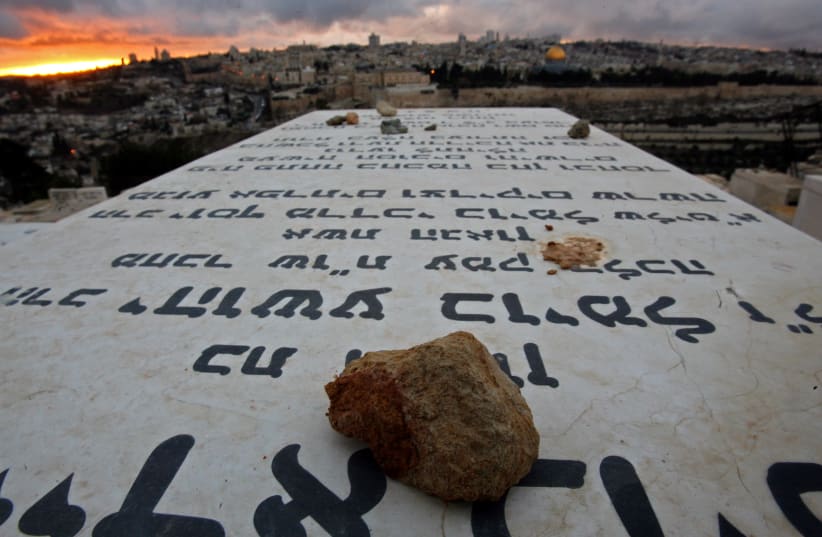Construction work in Mainz, Germany, recently uncovered the Jewish gravestones of 18 people who died during the Middle Ages, according to Israel Newsstand, citing Germany's Ministry of Culture.
The gravestones, used as fillers dating back to the 11th century, were found embedded in a wall in Mainz's Old Town.
The German Culture Minister Prof. Konrad Wolf said that "Mainz, together with Speyer and Worms, formed an important center of Jewish life throughout Europe in the Middle Ages," according to the report.
“One of the unique testimonies of the three [Worms] communities is the memorial cemetery, which was opened in 1926,” Wolf said. “Numerous medieval tombstones that were rediscovered in the course of construction work were placed at the cemetery and play a unique role in understanding life during that time.
After Jews were expelled from Mainz in 1438, the cemetery was handed over to the municipality, who later leased it to a vineyard which took out a good amount of the headstones and reused them for building material.
“Many medieval headstones that were used as building material were rediscovered in the 19th and early 20th centuries, among other things, during works to regulate the Rhine River, during the construction of the Hessische Ludwigsbahn [railway] in the south of the city, and in connection with the de-fortification of the city,” Culture Ministry spokesperson Markus Nöhl told Israel Newsstand, noting that the headstones offer "valuable information about the deceased as well as historic events.” Some have engraved eulogies for community officials, scholars, benefactors and martyrs, “both men and women, and they offer a uniquely precise insight into the internal structure.”
The headstones were transferred to a facility at the General Directorate of Cultural Heritage and will be used for academic research.
